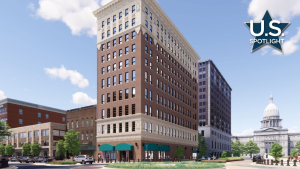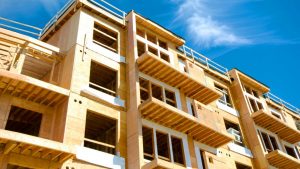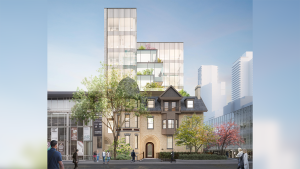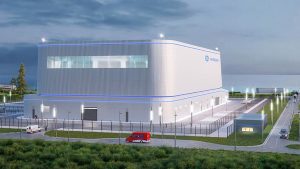The 1995 National Building Code of Canada (NBCC-95) and the 1997 Ontario Building Code (OBC-97) required that all firewalls be constructed of masonry or concrete. Fire performance and structural integrity were thereby assured.
The 1995 National Building Code of Canada (NBCC-95) and the 1997 Ontario Building Code (OBC-97) required that all firewalls be constructed of masonry or concrete. Fire performance and structural integrity were thereby assured.
Despite strong objections by the concrete/masonry industries and others during development of the objective-based 2005 NBCC, a new provision in the NBCC-05 permits a firewall having a fire-resistance rating not more than 2-hr. to be constructed of materials other than concrete or masonry.
The Ontario Building and Development Branch, however, found arguments against this change by the Canadian Concrete Masonry Producers Association (CCMPA) to be very compelling. Despite the commitment by all provinces to integrate the national and provincial code development systems and harmoniously adopt NBCC requirements in the provincial building codes, the Ontario Building Development Branch chose to move unilaterally and to amend the NBCC-05 on this very important issue.
The 2006 Ontario Building Code will not permit a 2-hr. firewall (and “less”) to be constructed of other than masonry or concrete where they separate buildings or buildings with floor areas having care or detention occupancies, or where they are used in “high buildings”. And for all other uses, the level of performance of such alternative firewalls must be not less than of masonry or concrete in areas of performance during fire conditions, mechanical damage during the normal use of the building, and resistance to damage from moisture.
The amended requirements are intended to provide assurances to the Ontario public that the purveyors and proponents of systems alternative to masonry or concrete firewalls must clearly demonstrate by way of standardized tests that such firewalls offer equivalency to masonry/concrete firewalls in all areas of fire performance and related structural performance.
Areas for consideration must include all of the essential properties, characteristics and attributes needed by firewalls to perform satisfactorily (including those not stated or unidentified by the NBCC-05 and OBC-06, and inherent in masonry/concrete construction prescribed by the NBCC-95 and OBC-97). Such areas would include, but are not necessarily limited to: resistance to renovation and abuse; duplicity of construction in the field; durability and ongoing performance (resistance to mechanisms of deterioration without maintenance throughout the design service life of the building, in readiness to satisfactorily perform their intended functions during a fire); determination of fire-resistance rating (requiring resistance to hose-stream after full duration of fire test rather than half-duration); structural and fire resistance to direct/localized impact during fire from collapsing members and falling construction debris or other objects; and overall and local structural integrity and serviceability at elevated temperatures.
Gary Sturgeon, B.Eng., MSc., P.Eng. is Technical Services Engineer for the National Concrete Masonry Association, Herndon, VA.










Recent Comments
comments for this post are closed